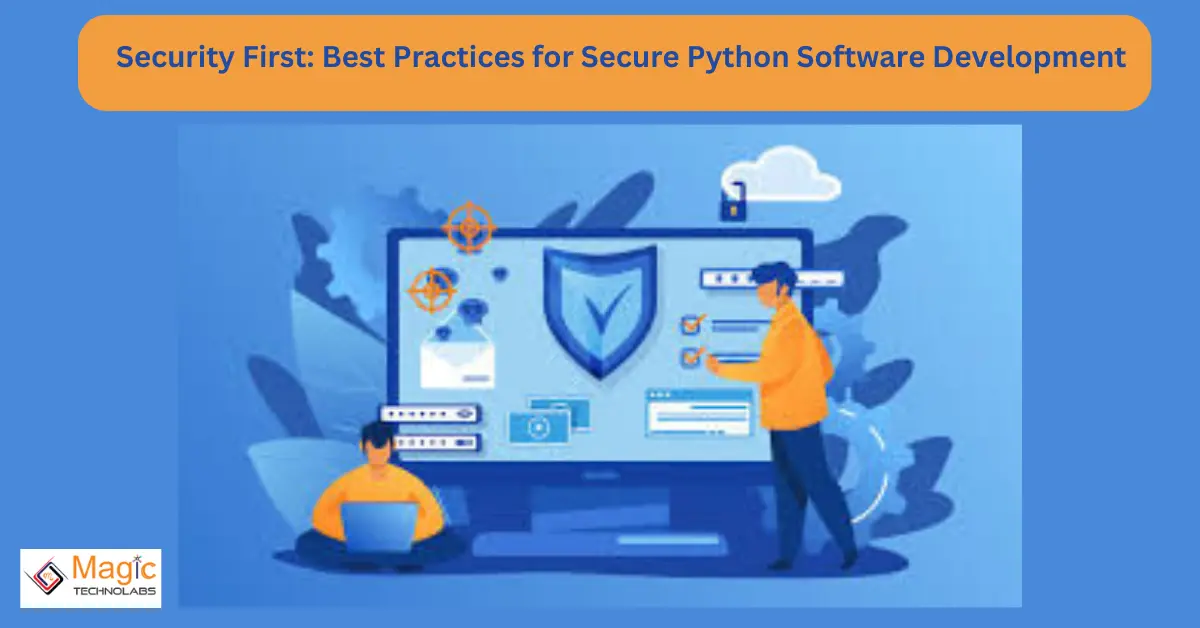In today's digital landscape, security is paramount in software development, especially when working with Python. Here are some best practices for ensuring the security of your Python applications:
Keep Dependencies Updated: Regularly update your Python dependencies to ensure that you're using the latest, most secure versions of libraries and packages. Vulnerabilities in outdated dependencies can expose your application to security risks.
Sanitize User Input: Always validate and sanitize user input to prevent common security vulnerabilities such as SQL injection, cross-site scripting (XSS), and command injection. Use libraries like sqlalchemy for database interactions and bleach for sanitizing HTML input.
Implement Secure Authentication: Use industry-standard authentication mechanisms such as OAuth or JSON Web Tokens (JWT) to authenticate users securely. Ensure that passwords are hashed and salted using strong cryptographic algorithms like bcrypt.
Protect Against Cross-Site Request Forgery (CSRF): Implement CSRF tokens to protect against CSRF attacks, where unauthorized commands are executed on behalf of authenticated users. Use frameworks like Django, which provide built-in CSRF protection mechanisms.
Enable HTTPS: Always use HTTPS to encrypt data transmitted between the client and the server, preventing eavesdropping and man-in-the-middle attacks. Obtain an SSL certificate for your domain and configure your web server to enforce HTTPS connections.
Follow Principle of Least Privilege: Limit the privileges of your Python application to only what is necessary for its operation. Avoid running your application with elevated privileges or excessive access to system resources.
Regularly Perform Security Audits: Conduct regular security audits and code reviews to identify and remediate potential security vulnerabilities in your Python codebase. Utilize static analysis tools and security scanners to automate the detection of common security issues.
Stay Informed About Security Threats: Keep yourself updated about the latest security threats and vulnerabilities affecting Python and its ecosystem. Subscribe to security mailing lists, follow security blogs, and participate in relevant forums and communities to stay informed.
By following these best practices, you can prioritize security in your Python software development process and build robust, secure applications that protect against modern security threats. Remember, security should always be a top priority from the start of the development lifecycle.
















